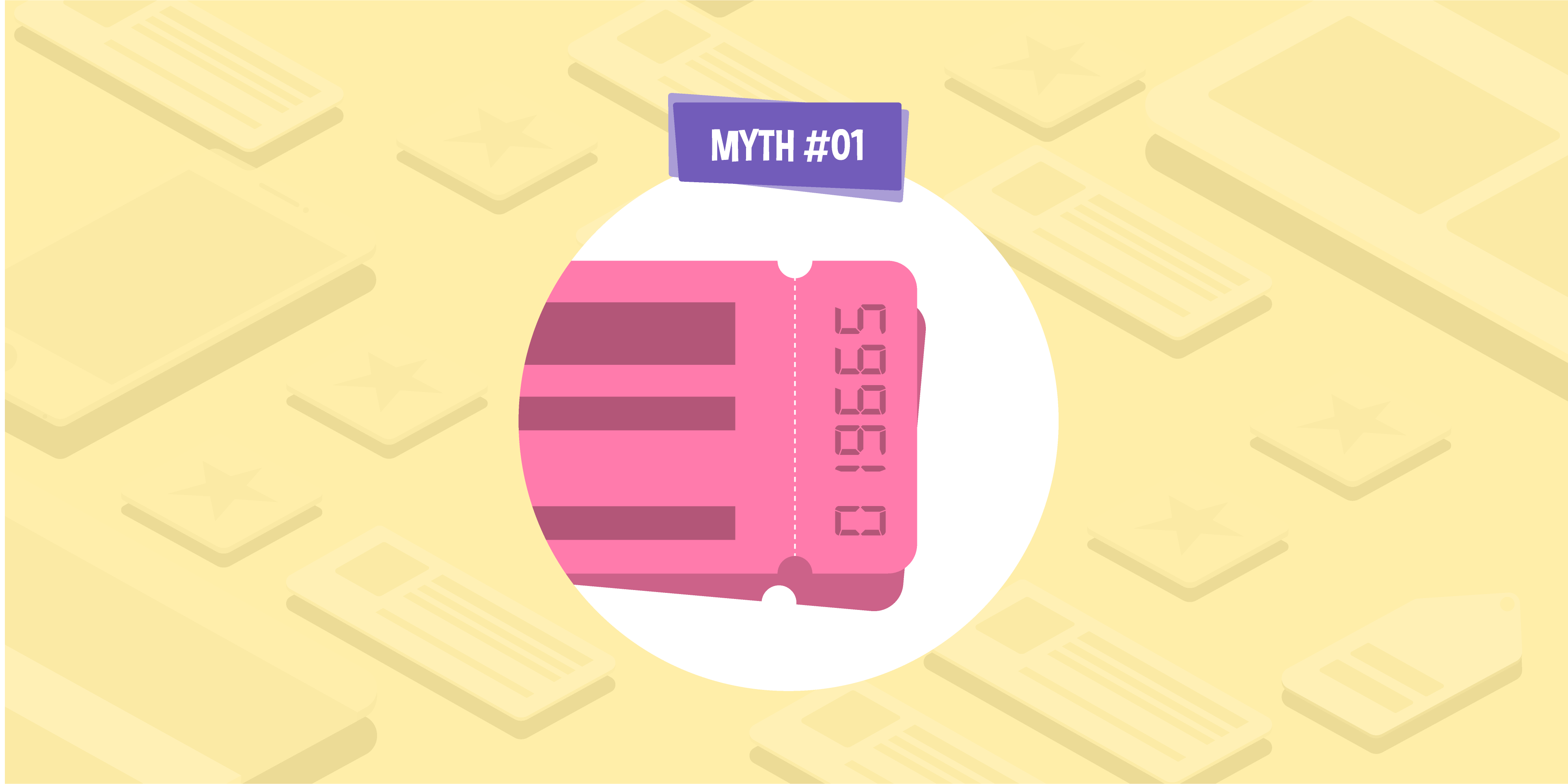
- 30 Apr 2021
- 6 Min read
5 tips for redesigning your website to improve conversions
- by Lina Arshad
Your website is likely the backbone of your business, allowing customers to gather the information they need and, if you’re an ecommerce site, to boost your sales directly and improve conversions. But if you’ve noticed high bounce rates, reduced site visitor numbers, or are simply finding a gradual decline in the number of sales you’re making, a website makeover might be the solution.
Rather than simply giving it a refresh, a website overhaul will enable you to rebrand better to suit your target audience and gives you the perfect opportunity to address any key issues that might be contributing to lower conversion rates. By going back to the drawing board, you can also boost your search engine–friendliness and improve the overall user experience.
What elements should I redesign?
Knowing where to start with a website redesign isn’t always easy but looking at what seems to work currently for your website and what doesn’t will help. So, think about any complaints you’ve had about your current website. There are already Google tools that can help you to identify the mobile-friendliness of your site, as well as your page load speed like PageSpeed Insights and Search Console’s Mobile-Friendly Test. So, you’ll want to make sure your customer feedback covers things you can’t check as readily, such as whether they want a guest checkout or product demonstration videos. Honest customer feedback on elements like this is really helpful, so if you haven’t received much feedback (good or bad) about your website, you could send out a survey to the people on your email marketing list, or have one appear on the homepage of your website to allow potential customers to share their thoughts.
Depending on the results from your survey, or the feedback you’ve collected over the years from your customers, you’ll have a list of elements that will definitely need changing. While cosmetic changes can have a big impact, such as the signature font you use or your colour scheme, there are plenty of other important UX considerations to make.
Every website will have different priorities, but there are some things that are non-negotiable for all businesses with an online platform. Below, I will be outlining what these are and sharing my top tips for getting them right with your website re-design.
1. Check and improve your basic functionalities
While the appearance of your website at face value is incredibly important, so is the way and speed in which it works. So, you need to ensure you’re balancing both of these nicely.
One of the most important parts of your website will be your homepage as, it’ll often be the first place your customers will land when visiting your site. As first impressions are everything, you’ll want to make sure you don’t overwhelm a user with excess information that could be put onto other pages. Putting too much text and imagery on your homepage can be overkill and significantly increase the page load time, and this can have a knock-on effect on your conversion rates. As reported by Moz, the ideal page load time is under 1 second, so work with this as a guideline.
We have plenty of advice for fine-tuning your pages in our blog post about improving your landing pages to bag you plenty of sales, so check it out for some further inspiration.
2. Focus on more basic UX elements
Many businesses believe that giving their customers as many options as possible will help appeal to them and them find something suitable, but according to a popular theory known as Hick’s Law, having too many options can have the opposite effect. This means more actions are lost in proportion to the amount of options given. So, you’ll want to keep things neat and concise.
For example, your navigation bar should be as simplistic as possible, so users know exactly where they need to be heading for what information or action. Similarly, implementing clear CTAs (calls to action) and leaving plenty of white (unused) space will help to keep your website clear for everyone.
3. Optimise current and new SEO elements for better organic rankings
While you might have already optimised your website for keywords in hopes of ranking on Google and other search engines, it’s important that you frequently give these a refresh. As trends come and go and users’ intentions change, they will be searching for different things, and perhaps in different ways, so it’s important that you keep tabs on relevant keywords that relate to the products and services you offer and amend your content to reflect this.
When you’re redesigning your website, it’s likely you’ll find some pages you no longer need or are duplicate, which should be resolved with the appropriate HTTP status codes or canonical tags, and you might add some extras for new products or services. This means you’ll need to optimise these, too. Using keyword research tools like SEMrush or Google Keyword Planner can help you with this
4. Make your website more accessible to those with impairments
It has always been important to ensure your products and services cater for those with impairments as best you can, and this is also applicable to your website. When starting from scratch with your redesign, you’ll need to consider how you can update both the functionality and content on your website to be more inclusive.
For example, you may find you need to increase your font size or change it to something bolder and simpler to ensure those with visual impairments can read it without trouble. To apply this to your written elements, I recommend reading our previous blog posts on making your content more accessible and how to ensure your website ensures a positive user experience.
5. Build a blog
Many marketers overlook the advantages having a blog can bring to a website. For one, it gives you a chance to demonstrate your industry knowledge and show that you’re up to date with recent news and are able to explain how this will affect your customers or the service they might receive.
Blogs can be used to cover anything including company news to competitions and new product launches, or anything else that’s current. For evergreen content that will always be relevant, you’ll want to build a separate knowledge hub where you can store these important guides for your customer to find — just remember to optimise these for best results.
Whenever you publish a new piece of content, make sure you share it across your social channels to get a bigger reach and increase your opportunities for new customers and sales.
Redesigning your website can be just the step you need to give your branding a big refresh, but as well as the cosmetic elements, you’ll need to think how the changes will benefit user experience, SEO, and conversions.
Here at Glass Digital, we work closely with our clients to improve their SEO rankings and boost their ROI. If you’re thinking of redesigning your website and need some extra help with your organic search strategy, why not get in touch and book a free consultation with an organic search expert? Our tech team can provide an audit of your site and make suggestions for improving your UX and SEO.

